Electrocompaniet PD-1- £1,250

The only full-size hi-fi component in this group, the PD-1 has something even bigger to live up to in Electrocompaniet’s reputation. It’s a relatively new addition to the company’s range, part of the ‘Prelude’ series and as such is relatively modest.
The specification is decent if not outstanding, with four digital inputs – two electrical and one optical S/PDIF plus USB. Oh, and RF. This is indeed something of a unique selling proposition, relying as it does on a proprietary radio link to hook up your PD-1 to a computer. You need to buy the optional EMS-1 adaptor (£300), which connects to your computer via USB and transmits the data onward (losslessly) to the PD-1.
It seems a little ungracious to point out that for less than £300 one could buy a netbook computer and use that, via the household’s wireless network, to achieve the same result. Anyway, that’s very much the nerd’s solution. What’s so attractive about the EMS-1 is that it really is a plug’n’go upgrade. At worst you may need to change channels but that’s a screwdriver job and basically it’s no more trouble than adding, say, a DAC to a system.
Inside, the main audio circuit board carries a good DAC chip and, like most these days, an asynchronous sample-rate convertor which carries out the first stage of digital filtering. The analogue output, available in both balanced and unbalanced form, is driven by discrete transistors rather than the near-universal op-amps. Volume is adjustable, both from the front panel and the remote control and we found the touch-sensitive controls on the unit to be reliable and hassle-free.
Sound qualityOur listening panel found lots of positive things to say about this model and, if anything, our sighted listening only added to the list. The PD-1 is one of those components that does best by doing least and it is admirably even-handed. This kind of performance, though, can sound slightly undramatic at first, but reading through our listeners’ notes showed a clear trend of coming to terms with the sound throughout the test.
Even at the start, though, they found the bass particularly well presented, with both weight and tautness. What usually takes a little longer to register is the balance between detail and excitement, but Electrocompaniet seems to have cracked it rather well here.
Truly detailed sound requires a really ‘calm’ presentation, which can sometimes sound as if excitement has been smoothed out. But that’s not the case at all and the proof here is the way the hairs on the back of the neck seem to stand up.
Certainly, by the final track in our audition of this DAC, our blind listeners were well aware of an excellent level of pace and attack, and also some impressive extension at the frequency extremes. The treble is completely free of any excess fizz or shrillness, but doesn’t shirk from reproducing bright instruments when required.
If there’s one area where the sound doesn’t quite seem to carry the day it’s the long-term dynamics, which seems a little tame at times. Otherwise, a most impressive result.
LIKE: Very well balanced sound, with resolution and excitement both scoring highly
DISLIKE: Sound could be more dynamic; USB only good up to 48kHz
WE SAY: A fine DAC by any reckoning with useful features
DETAILS
Origin: Norway
Weight: 4.3kg
Dimensions: (WxHxD) 420x50x340mm
Features:
• Digital inputs: two electrical S/PDIF (phono), one TOSLINK, one USB, one RF link
• Analogue outputs: one balanced (XLR), one unbalanced (phono), fixed level
• Maximum sample rate: 192kHz (USB 48kHz)
Distributor: EC Distribution
Telephone: 020 8893 5835
Website: electrocompaniet.no
 |
Inside this month's issue: Arcam Radia A25 integrated amp, iFi Audio iDSD Diablo 2 DAC/headphone amp, Eversolo DMP-A8 streamer/DAC/preamp, Line Magnetic LM-845IA valve amp, Record Store Day Spring Drop, standmount loudspeaker Group Test and much, much more
|

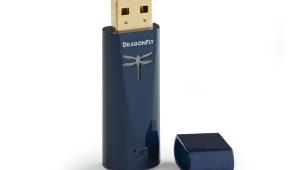
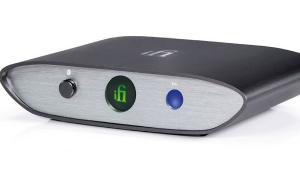

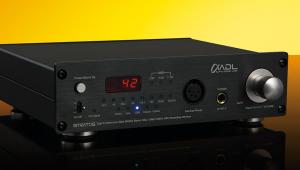



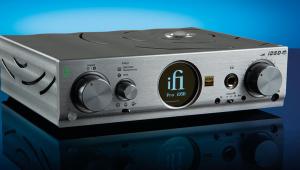


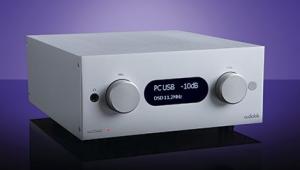
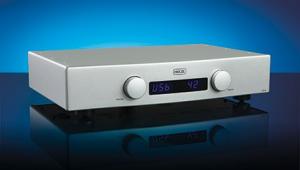
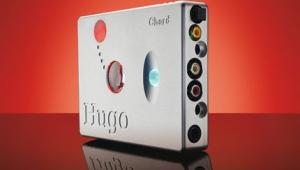
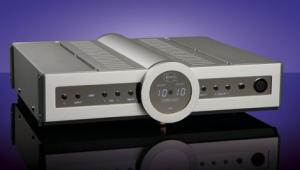

































.jpg)



